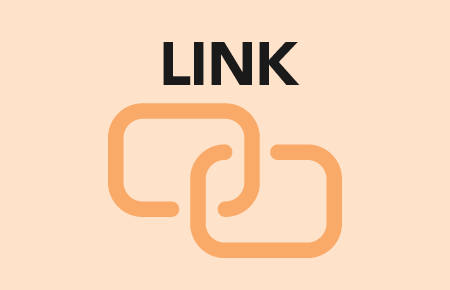Determining the Need for AEM
Who Needs AEM?
If a student is...
- unable to read or use grade level materials at a sufficient rate and with adequate comprehension to complete academic tasks with success relative to same-age peers or
- cannot do this independently or across environments or tasks,
then the student may need AEM. For example, students with visual impairments may not be able to see a textbook, students with physical disabilities may not be able to turn a page, and students with learning disabilities whose decoding abilities are significantly below grade level may require support - all these students may require AEM.
Contact the AT & AEM Center to discuss your student's needs for accessible materials:
aemrequests@ataem.org
614-410-1039 or 614-410-1041
Who Decides if AEM Are Needed?
The Individualized Education Program (IEP) team or Section 504 team, which includes parents or guardians, determines if the student needs to receive the same content as other students in one or more specialized formats. The right formats are chosen based on how the student will access information contained in printed materials, which format(s) will help the student work independently, which format(s) will help the student develop literacy skills, and which format(s) will aid the student in successfully participating and making progress in the general education curriculum and on IEP goals.
Determining Formats for Accessible Materials
The AEM Navigator is a tool that can be used by teams to determine a student's need for accessible materials and the formats required. The Protocol for Accommodations in Reading (PAR) is another useful tool for determining a student's reading format preferences, such as audio support, text-to-speech or even a human reader.
